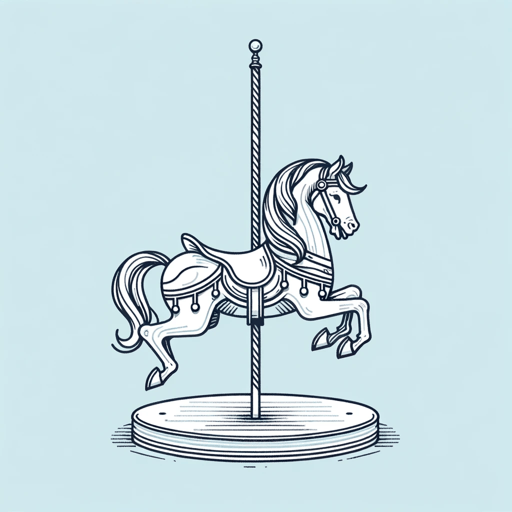25 pages • 50 minutes read
J. D. SalingerTeddy
Fiction | Short Story | Adult | Published in 1953A modern alternative to SparkNotes and CliffsNotes, SuperSummary offers high-quality Study Guides with detailed chapter summaries and analysis of major themes, characters, and more.
Symbols & Motifs
The Orange Peels
In The Search for Spiritual Enlightenment, the orange peels that Teddy notices in the opening scene symbolize death. He believes that when a person dies, they simply leave their body and are either reincarnated or stay with God. Thus, the peels represent the human body once its contents (the self) have been disconnected. Like a body after burial or cremation, the discarded peels will soon sink beneath the ocean—and only remain floating “inside [Teddy’s] mind” (125). As Teddy looks for Booper, he likens himself to a peel that may “only exist in the minds of all [his] acquaintances” (126). This self-equation to a peel foreshadows the story’s ambiguous ending, with Teddy either dying or meeting a different fate.
Poetry
The motif of poetry is associated with Teddy viewing Death From an Unsentimental Perspective. Teddy shares with Nicholson that while most people, specifically his parents and poets, believe emotions are what make humans human, he can’t remember when he “ever used them” (136). He thinks poets in particular project emotions unnecessarily, and while he respects emotions, he views sentimentality as counterintuitive to enlightenment. Teddy’s recitation of two Japanese poems also foreshadow his fate: One states, “Nothing in the cicada intimates how soon it will die” (135).
Related Titles
By J. D. Salinger





